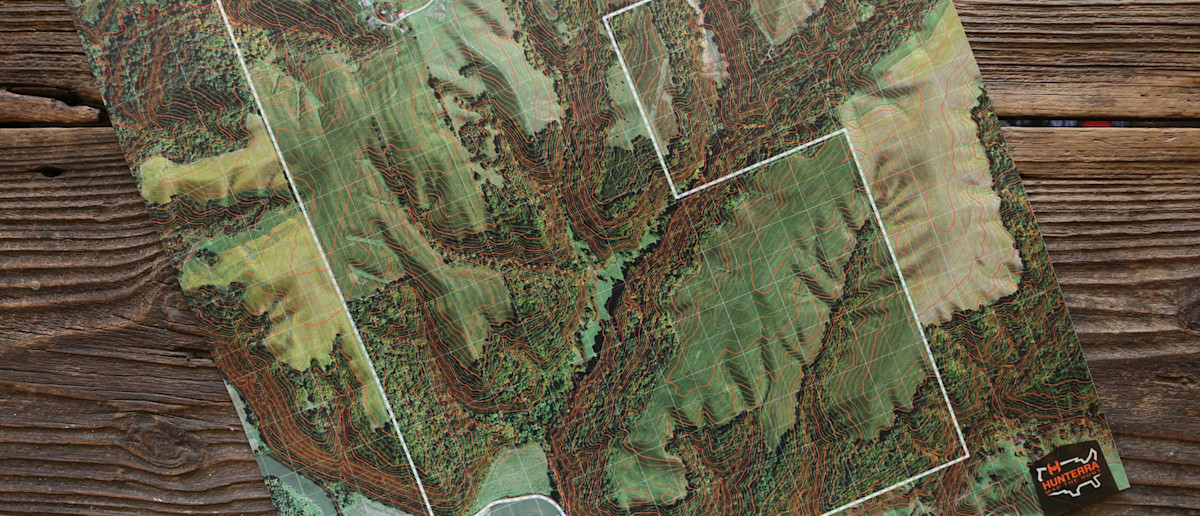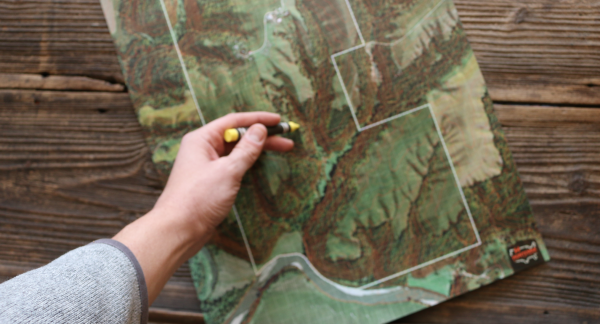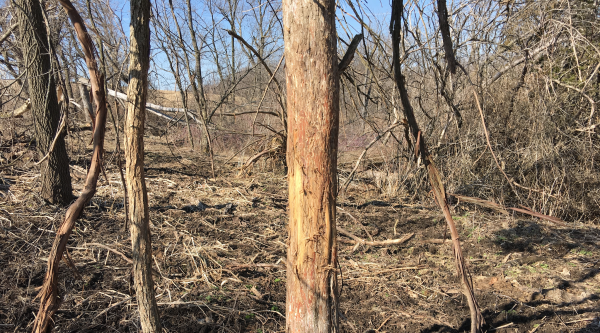
A rut. It’s a good thing when referring to a time of year. It’s a bad thing when referring to something thing you fall into. Unfortunately, for a lot of us, if you hunt the same property multiple years in a row, that’s exactly what happens.
When arriving on a new property most of us do some scouting, hang a few tree stands and then do some tweaking based off what we learn. But eventually, maybe a year or two down the road, we settle into our ways. At that point you’ve found a couple good spots, you have an idea of a few areas deer are bedded, and you know the best food sources. You’ve likely killed some deer too, so you know your set-up works. And then the next year you figure it should work again. And the next. And the next.
And before you know it, ten years have passed and you’ve been doing the same damn thing every single one of them.
To differing degrees, we’re almost all guilty of getting too comfortable in our situations and just sticking with it.
But this kind of stagnant hunting behavior is holding you back.
When you hunt and scout the same ways year after year you become:
- less likely to adjust or make the small tweaks necessary to kill mature bucks
- more easily patterned by deer living on your property
- unable to see the big picture patterns of deer that are constantly shifting
So this year I’d encourage you to break out of that rut and look at your hunting property with fresh eyes.
The first step in this process is to look at a map of your property, but look at it as if it was a brand new spot. Don’t fall into the trap of zooming in on your favorite stand or that great little food plot you’ve put in. Instead, remove all of the things you think you already know, focus on the big picture, and see what you can learn from this new perspective.
Based on this view, how do you think deer are most likely getting from point A to point B? Where are they entering and exiting the property most? What’s going on in this patch of cover you never visit? How are deer using the cover or terrain to safely travel? How might your current stand set-ups be impacting where deer move? Based on the terrain and cover, to what degree and how are deer most likely using the neighboring properties? How might a deer get from one side of the block to the other side?
As you ask yourself these questions (and hopefully others), look at the map with those fresh eyes, but now also start layering a few of the things you do know. Based on observation, maybe you do know that in this terrain funnel you’ve seen most deer travel on the south side of it. Or maybe the back corner patch of cover you noticed also happens to be a place you once saw a big buck cruise past with a west wind.
Continue this process by doing a day of on-the-ground-scouting. Even if you’ve hunted this place for 15 years – go out and scout this property again as if you’ve never been there before. Take those spots you located on the map and ground-truth them. Does it look as good on the ground as you imagined it would based on the map? Are there a bunch of beds and rubs in that overlooked patch of cover? Is there sign of consistent rutting activity? Etc, etc, etc.
Now, imagine you had no current stands or blinds set up on the property.
Based on your new map and on-the-ground scouting efforts AND your historical observations – where would you hang stands now? Where are those very best spots for the early season or the rut or the late season? Where’s that little sweet-spot on the downwind edge of the bedding area? Wheres that big oak up-hill of the pinch point? If I backed up a pick-up truck full of stands, where would you put them?
I’d be willing to bet $100 that, in at least some cases, those best spots you’ve now identified are not where your stands currently are. Maybe your fresh eyed scouting helped you noticed a new spot OR maybe you already knew about these good looking spots but just didn’t want to move your current stand because where it’s at now is “good enough.”
This year, good enough isn’t good enough.
Make those changes. Hunt those best spots. Change things up. Break out of the rut. Look at your hunting property with fresh eyes and your hunting will almost certainly improve.






